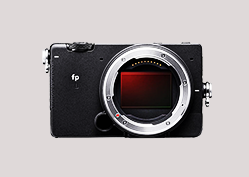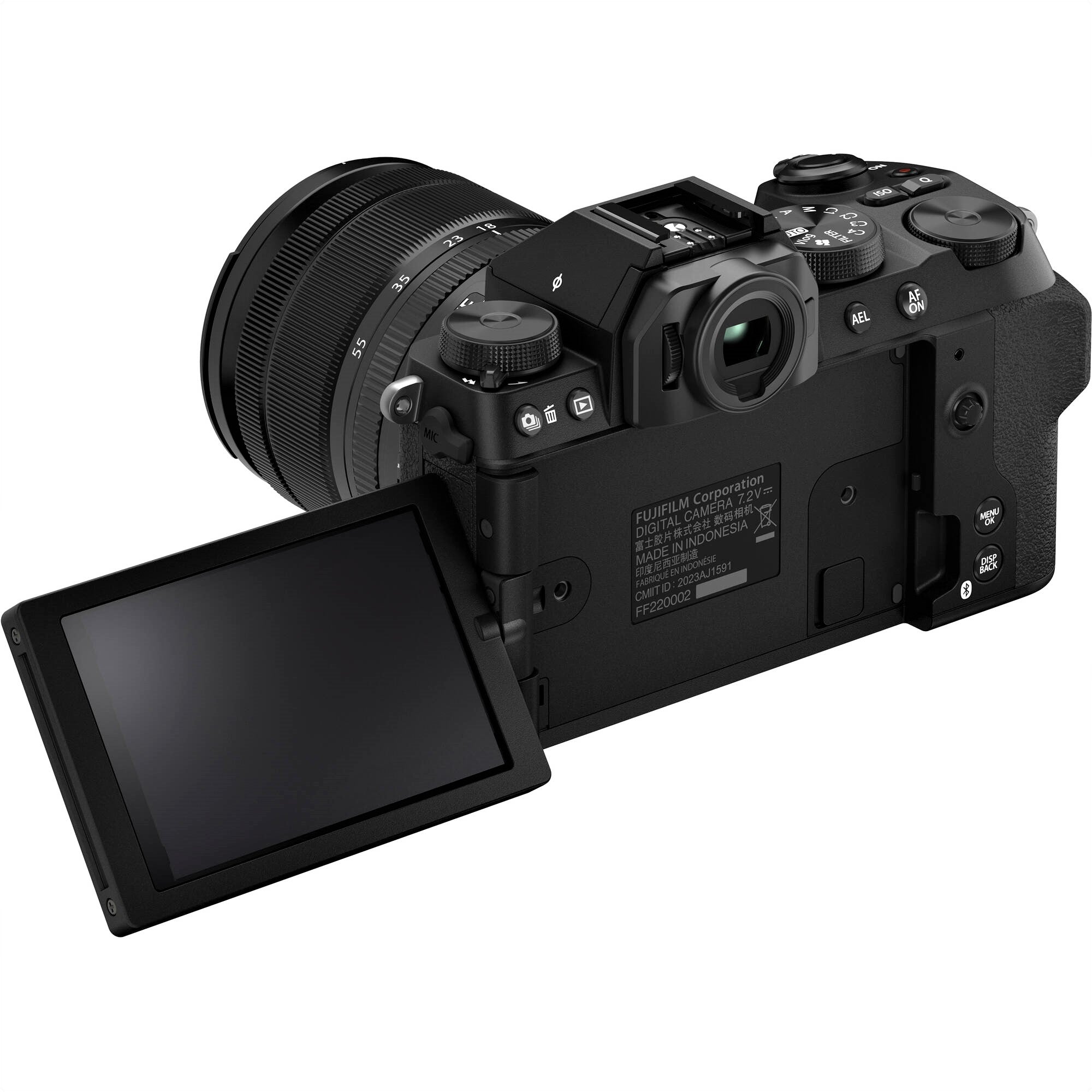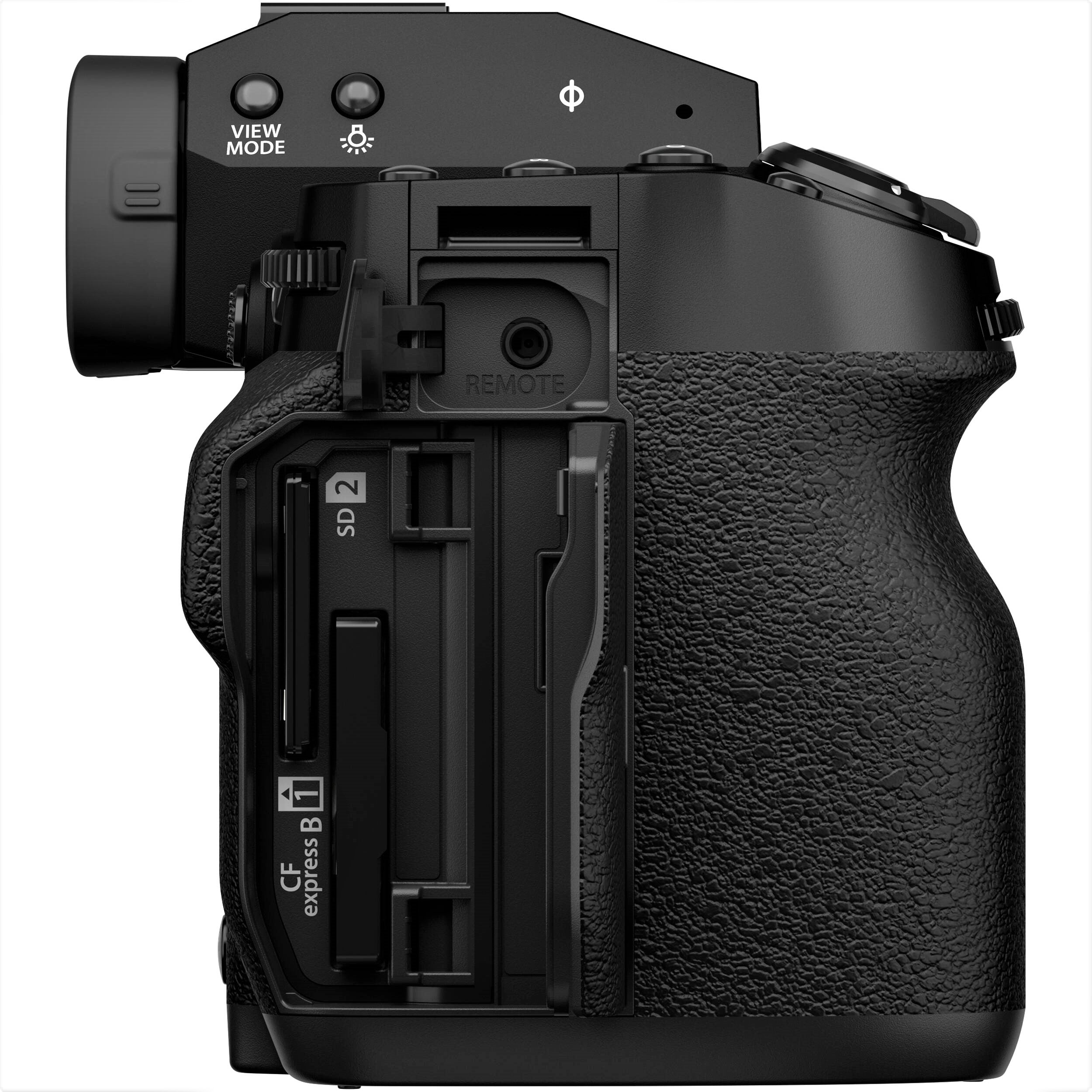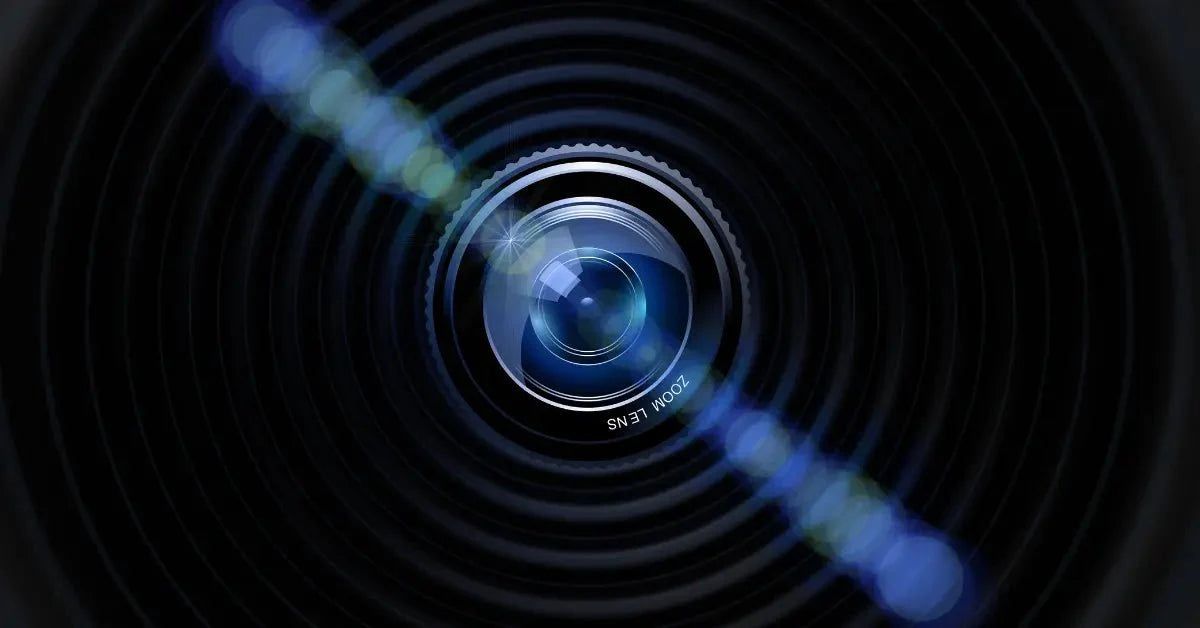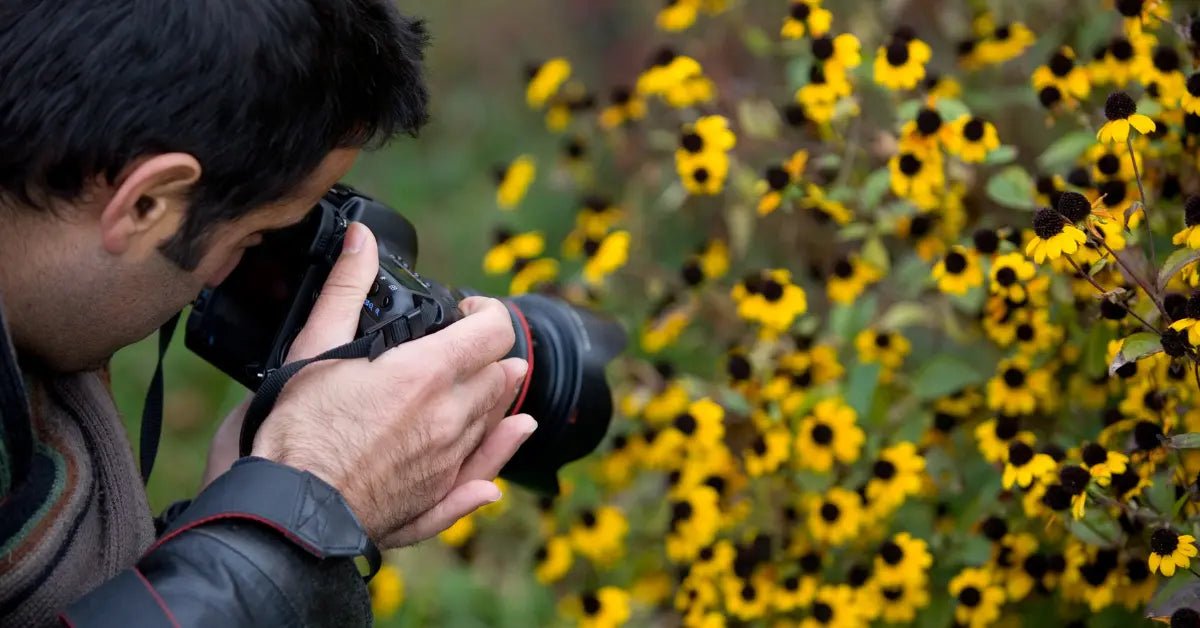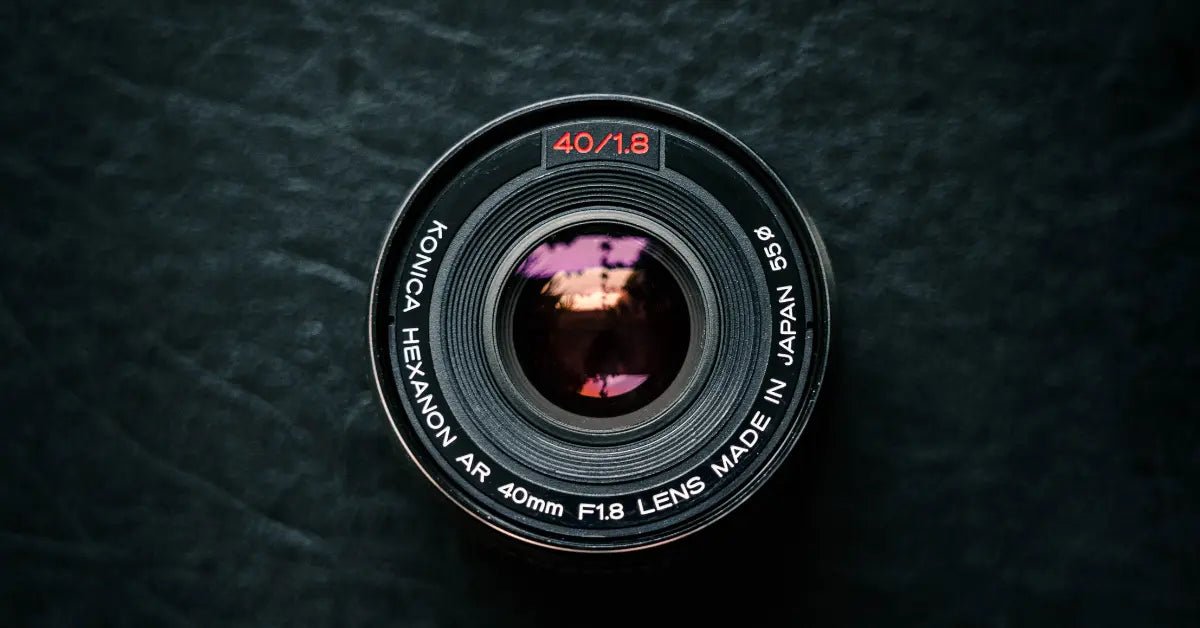Have you ever been curious about what goes on inside your camera lens?
It's like a little world of its own, packed with some serious magic that can seriously up your photography game. Whether you’re pretty good with a camera or just starting out, getting to know the details of your lens can really change the game.
In this blog, we’re going to break down the crucial parts of a camera lens and show you exactly how each part helps take those perfect shots. Ready to look into the details of camera lenses?
Let’s get a closer look and learn how to make your photos sharper and more on point.
Understanding the Parts of a Camera Lens

What are the three main parts of the lens?
When you're looking at a camera lens, you're basically dealing with three essential components that make all the magic happen:
- Optical Elements: Glass elements inside the camera lens direct light toward the sensor. These elements are vital for image clarity and focus. Depending on the lens design, these optical elements may vary in number and type. They encompass the front element, known as the objective lens, and other internal components that address optical imperfections.
- Aperture Mechanism: The aperture acts like a gatekeeper for light entering the camera. It's simply a hole, adjusted by blades that widen or narrow, thus controlling light exposure. This not only influences the overall exposure but also shapes the depth of field—the sharpness of the scene from front to back.
- Focusing Mechanism: This section discusses two main aspects: the focus ring and autofocus motors. The focus ring lets you manually adjust the lens to fine-tune your subject's sharpness. On the other hand, autofocus motors handle focusing automatically, ensuring your subject remains in clear view without manual adjustments. Together, they manipulate the lens position relative to the camera sensor, enabling precise control over image clarity at different distances. This dual functionality is crucial for photographers who need to quickly switch between detailed close-ups and broader, more scenic shots.
The Lens Body

The lens body, often crafted from robust plastics or sleek aluminum, serves as your camera lens's core. It ensures alignment and safeguards the vital glass components within from everyday wear and tear. Lightweight yet durable, the design prioritizes ease of handling—you can shoot for extended periods without fatigue.
Ultimately, the lens body isn't merely a shell; it's a precision-engineered support system, ensuring each shot remains flawless.
Key Features:
- Material Quality: When considering the material for your lens, focus on durability and weight. Choose high-quality plastics or metals like aluminum for a lens that withstands wear and tear over time. Material selection also determines the lens's weight, which is crucial for comfort during extended use.
- Design Ergonomics: Have you ever held a camera lens that just seemed perfectly comfortable? That comfort stems from thoughtful design ergonomics. Essentially, it ensures that during extended photo sessions, handling your lens is effortless and comfortable. The result? Minimal hand cramps and more time dedicated to capturing those flawless images without any awkward adjustments.
Optical Elements

In your camera's lens, the true heroes are the optical elements. These pieces, crafted from glass or plastic, tackle problems like chromatic aberration—the frustrating color fringes—and distortion, which can warp straight lines.
Together, these elements focus light precisely onto the camera's sensor, producing images that are not only clear but remarkably sharp.
So, when you take your next photo, think of the symphony of elements inside your lens ensuring each shot is perfect.
Notable Points:
- Lens Coating: Consider lens coating as sunglasses for your camera. This slender film reduces glare and annoying flares when shooting toward light. It not only prevents light washout but also enhances image clarity, ensuring your photos are sharp and vibrant.
- Arrangement: The arrangement of glass elements in your lens is crucial. This setup influences the speed and sharpness of your lens. When arranged optimally, your camera focuses quickly—ideal for capturing fast-moving subjects like birds or athletes. Additionally, a well-structured lens produces sharper, more detailed images, enhancing everything from portraits to landscapes.
Aperture Mechanism

The camera lens aperture acts like an eye's pupil, controlling light entry to the sensor. It's key for two reasons. First, it adjusts photo brightness—your exposure. More excitingly, it influences depth of field.
This term defines how much of your photo stays sharp. Want a portrait with a sharp subject against a soft, blurry backdrop? Or a landscape where both nearby flowers and distant mountains are crisp? That's aperture at work.
By tweaking its size, you control the focus range. This freedom enhances your creative power, helping achieve your desired photo effects.
Detailed Look:
- Blade Count: Consider the aperture of a lens as the eye’s pupil. It features multiple blades. More blades mean a rounder shape when contracted. Why is this important? A rounder aperture enhances the background blur—termed "bokeh" by photographers. This effect makes the subject stand out against a softly blurred backdrop, lending a professional touch to your photos.
- Control: Adjusting the aperture can drastically alter your photography approach. When you opt for manual control, you tailor each frame precisely—ideal for artistic shots or tricky light. Automatic mode prioritizes swift, hassle-free captures, perfect for fleeting moments. Each choice influences your adaptability to changing scenes, and selecting the appropriate mode can significantly enhance your results.
Focus Ring and Motor

The focus ring on your camera lens is a significant tool. It allows you to manually adjust the focus to achieve clarity. This feature is crucial for capturing perfect shots, especially those that require precise focusing. Conversely, the autofocus motor is for moments when manual adjustments are inconvenient.
It operates discreetly, swiftly and accurately adjusting the lens to focus on your subject. It acts like an intelligent assistant, ensuring your photos are sharp so you can focus on the moment.
Whether it’s a dynamic scene or a detailed close-up, these features support your photography efforts.
Insights:
- Manual Focus: Manual focus is like taking the reins on your camera's lens. You decide where it sharpens, ideal for precision shots. Think macro photography, where minute details pop, or portraits, where the focus must be spot-on. You control the focus, adjusting it to perfection.
- Autofocus Speed: Consider this the race car of photography—it emphasizes speed. If you're capturing rapid scenes, such as a football match or wildlife in swift motion, the speed of your autofocus is critical. A fast-focusing lens is key, allowing you to capture each moment crisply as it unfolds. This is crucial for matching the action's speed and securing those vibrant, spontaneous shots where second chances are rare.
Lens Mount

The lens mount serves as a critical junction between your camera and lens. It's not merely a point of contact but a conduit for electronic signals. Today's lens mounts accomplish far more than merely securing the lens; they facilitate communication between your camera and lens. This interaction activates features such as autofocus and image stabilization.
Thus, when you attach your lens to your camera, they do more than fit snugly; they swap information that enhances the clarity and stability of your photos.
Think of it as a sophisticated, high-tech handshake that elevates your photography skills.
Exploration:
- Compatibility: When pairing a lens with your camera body, compatibility is key. Smooth autofocus and precise metering are ensured. Your camera's advanced features perform flawlessly. It's akin to the perfect fit of puzzle pieces, creating a seamless shooting experience each time.
- Build Quality: Consider your lens the primary protector of your camera. Its durable design isn't solely for longevity. It also guards against environmental hazards. Strong construction prevents dust and moisture from infiltrating, essential in various settings from arid deserts to unexpected rain. With a rugged lens, you worry less about the elements and concentrate more on snapping those incredible photos.
Image Stabilization System

Many of today's camera lenses come equipped with a feature known as image stabilization. It's transformative, mitigating the irritating blur caused by camera shake. Consider situations where you're capturing scenes in low light or zooming in on far-off subjects—scenarios prone to the slightest jitter disrupting your image.
Image stabilization intervenes to maintain clarity. Whether documenting the evening allure of urban lights or photographing sideline activities, this function ensures your images remain sharp, eliminating the need for a cumbersome tripod.
It acts as an inherent safeguard for your photography.
Benefits:
Handheld Shooting: Forget the tripod! Your lens's image stabilization lets you shoot handheld. No more worries about camera shake ruining your photos. You can freely move, experiment with angles, and snap shots while moving. Keep your setup light and straightforward.
- Low Light Performance: Ever had trouble snapping a clear photo in a dim room or at dusk? A high-quality lens can transform these challenging moments. It sharpens images, enhances details, and boosts vibrancy. Your evening photos will pop—say goodbye to blurry faces and grainy sunsets!
Explaining Camera Lens Sizes

Camera lenses vary by focal length, measured in millimeters (mm). This affects the lens’s angle of view—the scope of the scene captured—and magnification, impacting the size of objects within the image.
Here's a breakdown of typical focal lengths and their applications:
- Wide-Angle Lenses (less than 35mm): These lenses are perfect for capturing vast scenes. Ideal for sprawling landscapes, wide city views, or tight indoor settings, they ensure you miss none of the action. They also enhance depth, adding drama to architectural photography.
- Standard Lenses (around 50mm): Consider these lenses as versatile tools. They capture scenes with a clarity akin to human vision, lending a genuine, unembellished quality to your images. This straightforwardness is ideal for a range of photography—from casual portraits to daily snapshots. They excel in creating a sense of presence, making each photo feel as though you are living the moment anew.
- Telephoto Lenses (70mm and above): Looking for a way to capture the action from afar? Telephoto lenses are ideal. They zoom in from a distance, perfect for wildlife, sports, or stage performances. These lenses excel in making your subject stand out by blurring the background, enhancing the professional quality of your shots.
Different lenses bring their own advantages, depending on your photography goals. With a varied collection, you can significantly alter your photos' appearance and vibe, enhancing your creative possibilities.
Choosing the Right Lens Size
Picking the right lens size really boils down to a few key things that'll shape your photos:
- What You're Shooting: First, consider your subject. Are you aiming to capture vast landscapes or expansive city views? Use a wide-angle lens. It captures more of the scene, ideal for highlighting its grandeur. On the other hand, focusing on wildlife or fast-moving sports? Choose a telephoto lens. It allows you to zoom in from a distance, ensuring your main subject remains crisp against a softly blurred background.
- The Look You're After: What's your photo's mood? Opt for a wide lens to capture expansive scenes rich in detail. Conversely, for focused shots, a longer lens enhances your subject by softening the background. This approach accentuates the main focus, allowing it to command attention amidst a gentle blur.
- Lighting Conditions: Struggling with dim lighting? Opt for a lens designed for low light. Consider lenses with larger apertures, such as f/1.4 or f/2.8. These "faster" lenses open wider, allowing more light to enter. This is essential in poor lighting, ensuring your photos remain clear and free from grain.
- Carrying Comfort: Consider the weight too. Big zoom lenses are heavy. If you move a lot, think about the weight you can carry. A lighter, smaller lens might be better, even if it lacks some features.
Understanding the basic components of a camera lens and how varying sizes affect your photographs can significantly improve your choices. If you're preparing for an outdoor photoshoot or aiming to snap spontaneous street scenes, selecting the appropriate lens is essential.
Recommended General Use Lenses
For photographers looking for a versatile lens that handles a variety of shooting conditions, here are three top recommendations:
- Sigma 18-35mm f/1.8 DC HSM Art: Best suited for crop sensor cameras, this lens offers a fast constant aperture and excellent optical quality, making it ideal for everything from wide-angle to moderate zoom.
- Tamron 28-75mm f/2.8 Di III RXD: A great all-rounder for Sony E-mount users, providing a versatile focal range and robust performance, perfect for a wide array of photographic needs.
- Canon RF 24-70mm f/2.8L IS USM: A professional-grade lens that covers a useful zoom range, ideal for capturing everything from landscapes to portraits with a Canon mirrorless camera.
These lenses provide flexibility and high-quality performance, making them excellent choices for photographers aiming to capture stunning images across various scenarios.
Conclusion
Grasping the basic components of a camera lens can guide you in choosing the right one for your photography. The lens body is robust. It houses advanced optics and a fine-tuned aperture mechanism. Each part plays a crucial role in capturing images. Knowing them well can enhance your photography significantly.
Visit Nuzira for camera insights. Find simple tips, latest tech. Improve your photography skills with us!

